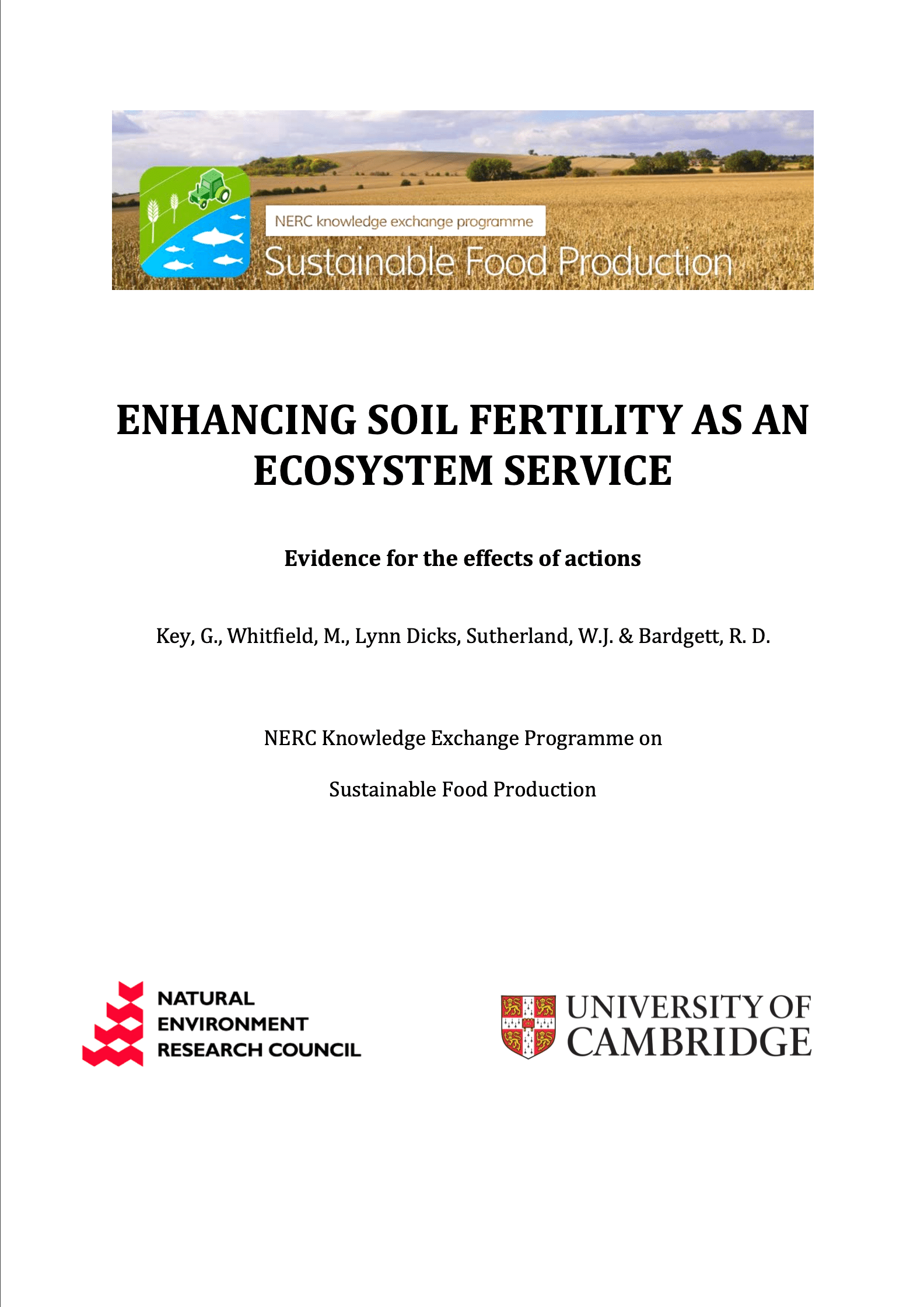Amend the soil with non-chemical minerals and mineral wastes
Overall effectiveness category Unknown effectiveness (limited evidence)
Number of studies: 2
View assessment score
Hide assessment score
How is the evidence assessed?
Effectiveness
35%Certainty
37%Harms
23%
Study locations
Supporting evidence from individual studies
This controlled, replicated experiment in 2004-2008 on silt loam soil in New Zealand (McDowell & Houlbrooke 2009) found that applying alum (aluminium sulphate) after grazing of forage crops by cattle or sheep reduced phosphorus loss by 29% and 26%, and fine sediment loss by 16% and 43%, respectively, compared to normal forage crop grazing. Grazing cattle or sheep on forage crops increased phosphorus loss from fields by approximately 100% (1.3 kg/ha) and 33% (0.9 kg/ha) respectively, compared to normal sheep grazing on pasture (0.6 kg/ha). Forage grazing by cattle or sheep increased fine sediment loss by 1,000% (0.7 mg/ha) and 500% (0.4 mg/ha), relative to grazing pasture with sheep (0.06 mg/ha). Twenty-eight 10 × 25 m plots included four replicates of combinations of the following treatments: cattle or sheep grazing on winter forage crops (triticale Triticosecale Wittmack, then kale Brassica oleracea), sheep pasture, restricted grazing, or alum addition on the forage crops (20 kg/ha following grazing).
Study and other actions testedA replicated, controlled experiment in 2011 using sandy clay in Meckering, Western Australia (Dempster et al. 2012) found that adding clay or biochar to soil reduced nitrate and ammonium loss from soil, by 25% and 20% respectively, compared to the control. Adding biochar saved more nitrate (12.9 mg nitrate remaining in pot) than adding clay (12.1 mg nitrate/pot). Soil was collected from a crop-pasture rotation including wheat Triticum aestivum or cape weed Arctotheca calendula with annual ryegrass Lolium rigidum and clover Trifolium subterraneum. Biochar and clay were either added at 25 t/ha as a layer at 10 cm depth with soil on top, or evenly incorporated into the top 10 cm of soil. Biochar was produced using jarrah Eucalyptus marginata wood and clay was taken from a clay pit close to the soil collection site. Nitrogen fertilizer was added at 40 kg N/ha. Amended soils were watered with the equivalent of 30 mm rainfall daily for 10 days, then on days 13, 15, 17 and 20.
Study and other actions tested
Where has this evidence come from?
List of journals searched by synopsis
All the journals searched for all synopses
This Action forms part of the Action Synopsis:
Soil Fertility
Soil Fertility - Published 2013
Soils Synopsis




















